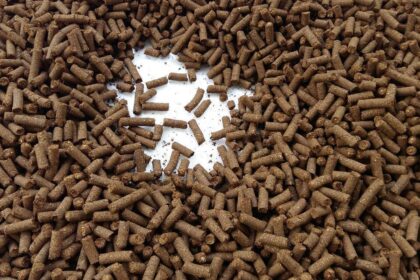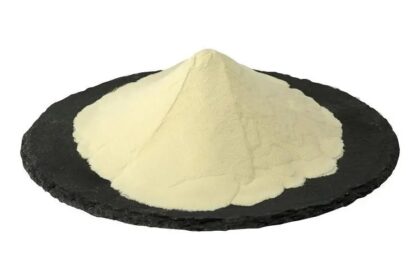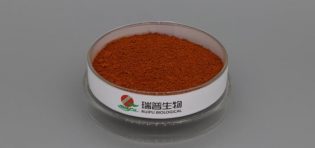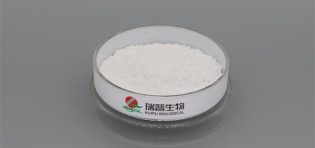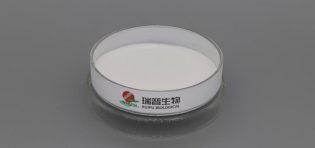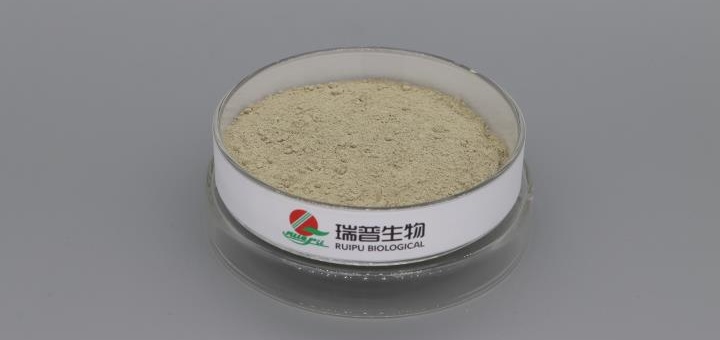
Ferrous gluconate, as a commonly used iron nutritional fortifier, can be added to infant food to meet the iron requirements of infants during growth and development. The following is a guide for its application in infant food:
Application Basis: According to the National Food Safety Standard for the Use of Food Nutritional Fortifiers, ferrous gluconate can be used as an iron fortifier in infant food, such as modified milk and modified milk powder.
Scope of Application: It can be added to various infant foods, including infant cereal supplementary foods, modified milk powder (limited to children's milk powder), fruit puree, vegetable puree, and meat puree. This increases the iron content in food, helps infants supplement iron, and prevents iron deficiency anemia.
Dosage: The addition amount of ferrous gluconate in different foods is clearly specified. For example, it is 10mg/kg–20mg/kg in modified milk, and 25mg/kg–135mg/kg in modified milk powder (limited to children's milk powder). Food manufacturers must strictly comply with these standards to ensure the addition amount meets the requirements.
Precautions: Infants' digestive systems are not fully developed, and excessive intake of ferrous gluconate may cause gastrointestinal discomfort, such as nausea, vomiting, and constipation. Therefore, when parents choose foods containing ferrous gluconate for infants, they should strictly control the consumption amount according to the instructions on the food packaging and observe the infants' reactions after consumption. If allergic reactions or other abnormalities occur, stop consumption immediately and seek medical attention promptly. In addition, for infants with certain special diseases (such as hemochromatosis, hemosiderosis) that may cause abnormal iron metabolism, parents should consult a doctor or nutritionist before feeding them such foods.

